Perri Cutten: A Timeless Legacy in Fashion
Remembering Perri Cutten: A trailblazing Australian fashion designer whose timeless elegance and...

 Search...
Search...
You can find the first edition of this collection here.
Throughout history, various cultures have mourned and treated their dead differently, but a royal death is always on another level. With no other death could you expect complex tombs, spectacular crypts, and ornate mausoleums. Unique royal burials have been so elaborate over the centuries; some to exhibit great wealth, others to commemorate a great love lost. The fact these nine royal burial sites are still standing today; some dating back as far as two millennia ago, says a lot for the longevity and special nature of being remembered with a fitting tribute, well after you have passed.
Queen Victoria's Mausoleum

Unlike some royal burial sites that are built as displays of power and wealth, Queen Victoria's mausoleum at Frogmore was a labour of love. On December 14 1861, Queen Victoria's husband Prince Albert died prematurely at age 42; they were married 21 years. During the Queen's mourning, she made arrangements for the construction of the Royal Mausoleum, 800m from Windsor Castle. The mausoleum is shaped similarly to that of a Greek cross, with the exterior design classic to the Italian Romanesque style. Stepping inside is a wonderfully polychrome interior which was inspired by Prince Albert's favourite artist, Raphael. The building is a great representation of Prince Albert's remarkable interest in materials from around the world. The outside of the building is laced with Portland stone, the trims English granite and the roof lined with Australian copper. Queen Victoria had a huge sarcophagus created using solid Aberdeen granite, a reminder of their beloved home in Scotland; this was also to be her tomb, where she eventually laid to rest in 1901. The beauty and awe of the Royal Mausoleum at Frogmore embodies the life Queen Victoria spent with her husband and of their eternal love story.
Qianling Mausoleum

The Qianling Mausoleum is a Tang dynasty tomb site located on Liangshan Mountain in Qian County, China and houses the remains of Emperor Gaozong and his Empress Wu Zetian. It is the only tomb that buried two emperors together and is the only one with a female Emperor - the first ever female Emperor. The mausoleum was completed in 684 AD following Emperor Gaozong's death. Wu Zetian was later entombed in a joint burial with the Emperor in 706 AD. The main tumulus mound and underground tomb of the Emperor and Empress are 17 smaller tombs which belong to members of the imperial family, a chancellor and general for the left guard. The way to the tomb is lined with stone animals and human figures which include horses, a pair of lions, ostriches and winged horses. There are 124 stone sculptures in total and they are reminders of the Tang dynasty's heavy involvement with world trade with distinct Western Asian and Greek influences.
The Great Pyramid of Giza
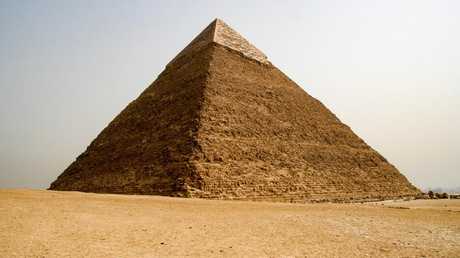
The Great Pyramid of Giza is the largest of the ancient Egyption pyramids. Located at Giza in Greater Cairo, Egypt, there are two other pyramids in the complex - the Khafre and Menkaure. Construction is said to have occured over a 20 year period concluding around 2560 BC and was built for the Fourth Dynasty Egyptian pharaoh Khufu. The Greeks believed the pharaohs used slave labour to build the pyramids, but archaeologists now believe they were built by paid, skilled workers. 2.3 million stone blocks weighing 80 tonnes each were carried up and down the Nile River from a nearby quarry and the finished construction weighed in at approximately 6 million tonnes. Initially standing 146.5m tall, inside are 3 burial chambers; the Queen's Chamber, Grand Gallery and at the highest point, the King's Chamber. The Pyramid of Giza is the oldest of the Seven Wonders of the Ancient World, and the only one to remain largely intact.
Taj Mahal
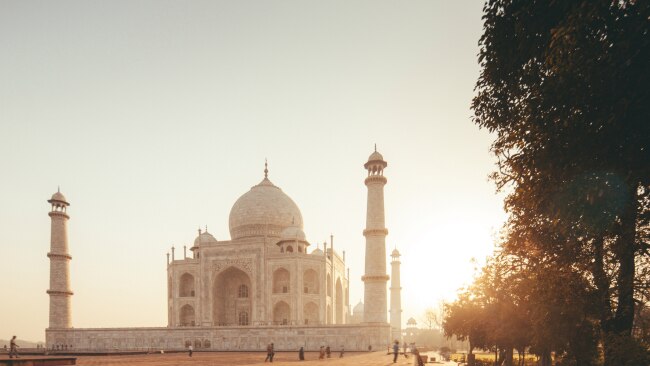
Renowned for its perfect symmetry and ivory white marble beauty, the Taj Mahal is the most famous landmark in India. Located on the southern bank of the river Yamuna in the city of Agra, the Taj Mahal attracts millions of visitors every year to marvel at its beauty and reminisce its romantic origins. Persian for 'Crown of the Palace', the Taj Mahal was commissioned in 1631 by the Munghal Emperor Shah Jahan to house the tomb of his beloved wife, Mumtaz Mahal who had died. They met when he was 15 and she was 14 and married five years later in 1612. The marriage was a happy one and together they had 14 children, and it was sadly during her last birth that she died. Heartbroken by the loss of his wife, Jahan began construction of the mausoleum which was essentially completed in 1643. The project cost an estimated 32 million rupees at the time, which today equates to 70 billion rupees - about US $956 million. The Taj Mahal was designated as a UNESCO World Heritage Site in 1983 for being "the jewel of Muslim art in India and one of the universally admired masterpieces of the world's heritage".
Mozu Tombs
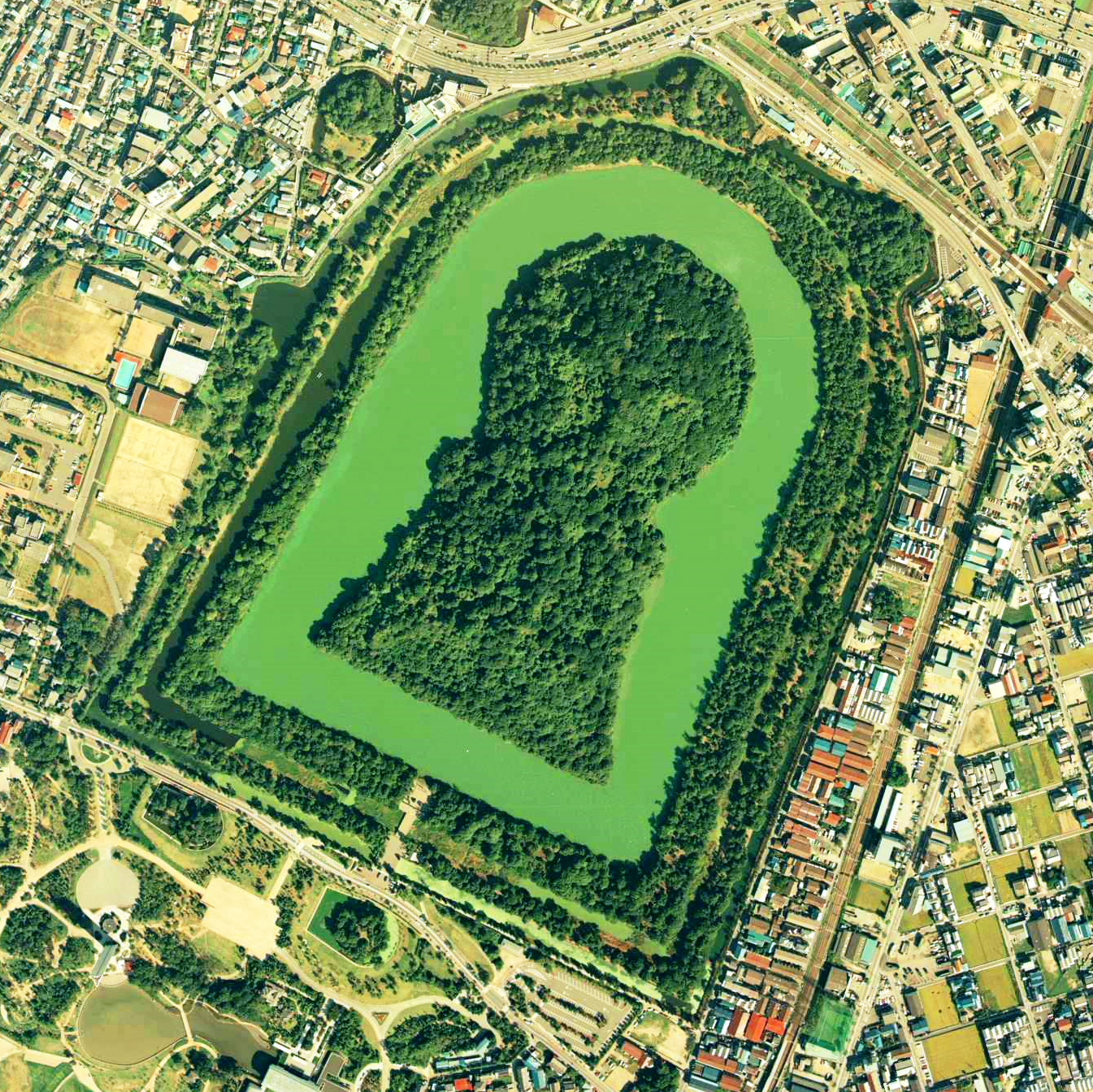
The Mozu Tombs, also known as kofuns, a word for ancient burial mounds, are some of the most incredible ancient structures in the world. Located in Sakai City, overlooking the Osaka Bay, the kofuns are found in diverse shapes, sizes and patterns. The most mystifying type of all are the enormous keyhole-shaped kofuns believed to have been built over a period of 20 years during the mid 5th century. Originally, there were about 100 tombs but only 50 remain today. The largest and most famous example is Daisen Kofun, the supposed tomb of Emperor Nintoku. The Daisen Kofun mound is 2.8km in circumference, rises 35m above its surrounds and is enclosed by three moats - making it the largest man-made mound in the world. A lot of mystery surrounds the Mozu Tombs for they are completely off-limits to the public and protected by the Imperial Household Agency of Sakai City. The moats provide a sanctuary for fish and waterbirds and the mound itself is completely overgrown by vegetation. Protection from scientists, archaeologists and tourism has meant this blessed place for the deceased has been respectfully preserved, which says a lot about how Japan cares for their most sacred antiquities.
St Peter's Basilica
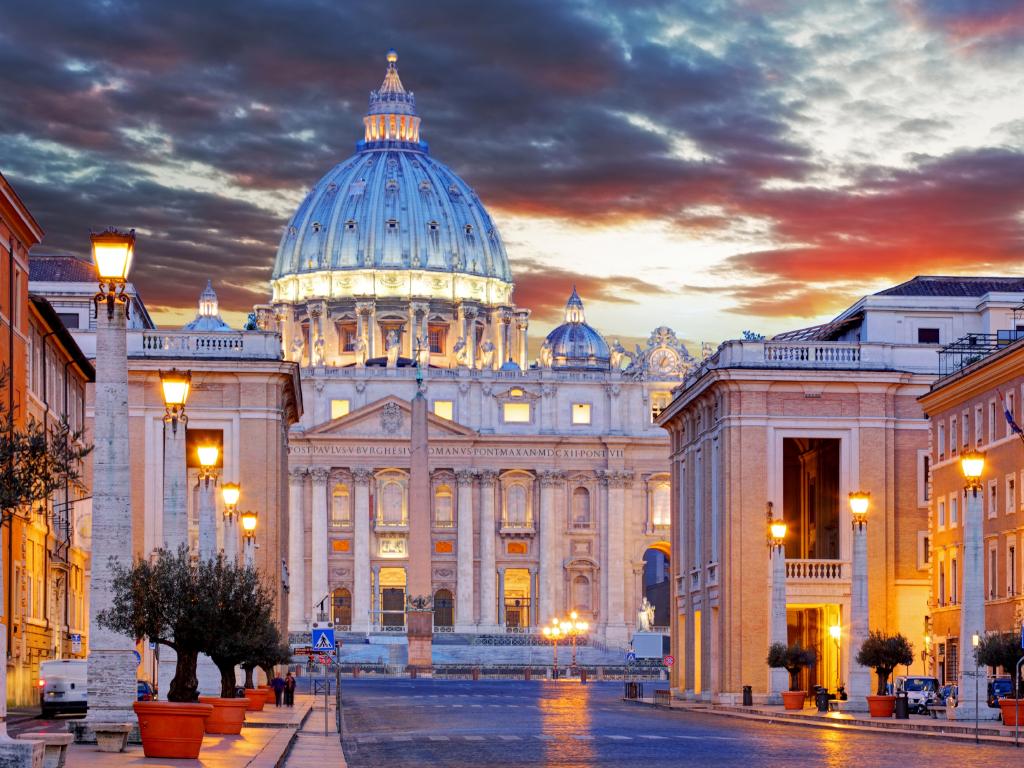
St Peter's Basilica is located in Vatican City within the city of Rome and is the headquarters of the Catholic church and a place of pilgrimage for Christians all over the world. St Peter is regarded as one of the holiest sites in the world for Roman Catholics and it is here that the Pope presides at a number of liturgies throughout the year. The original church was built around 349 on the site where St Peter is said to have been buried between 64 and 67 AD. An eerie sight in the church are the Papal corpses which are covered in wax or bronze and laid in glass coffins. Approximately 100 papal tombs are at least partially extant, representing less than half of the 264 deceased popes. Exhumation is a part of the sainthood practice and this phenomena never fails to stop visitors from around the world in their tracks. Works beneath the basilica uncovered part of the original church and the Tomb of St Peter was said to have been discovered. While the Vatican never definitively confirmed the bones of an elderly man belonged to St Peter, in 1968 Pope Paul VI said they had been identified in a way that the Vatican considered 'convincing.
The Tomb of Zhaojun
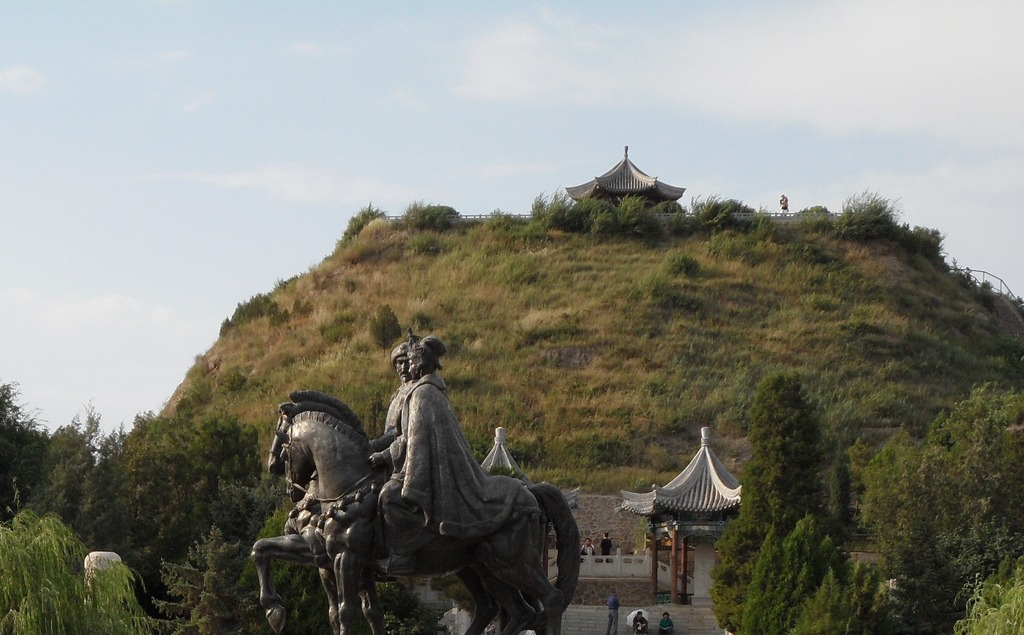
The Tomb of Zhaojun is located nine kilometers south of Hohhot on the Da Hi River and was built to memorialize Wang Zhaojun, a commoner woman from the Western Han Dynasty (206 B.C.-24 A.D.). During a time of hostility between the Hans and the Mongolians, Wang Zhaojun was sent by Emperor Yuan to marry Xiongnu Chanyu to establish friendly relations between their dynasties; these pleasantries were maintained for the next 60 years. The tomb itself is also referred to by the Mongolian name, Temür Urkhu meaning "Iron Wall", and "Green Mound" referring to the legend that in autumn, when grass and trees wither, those plants on the cemetery mound continue to prosper. It is said that there are about 700 poems and songs and 40 kinds of stories about the beautiful Wang Zhaojun from more than 500 famous writers both ancient and modern.
The Ming Tombs
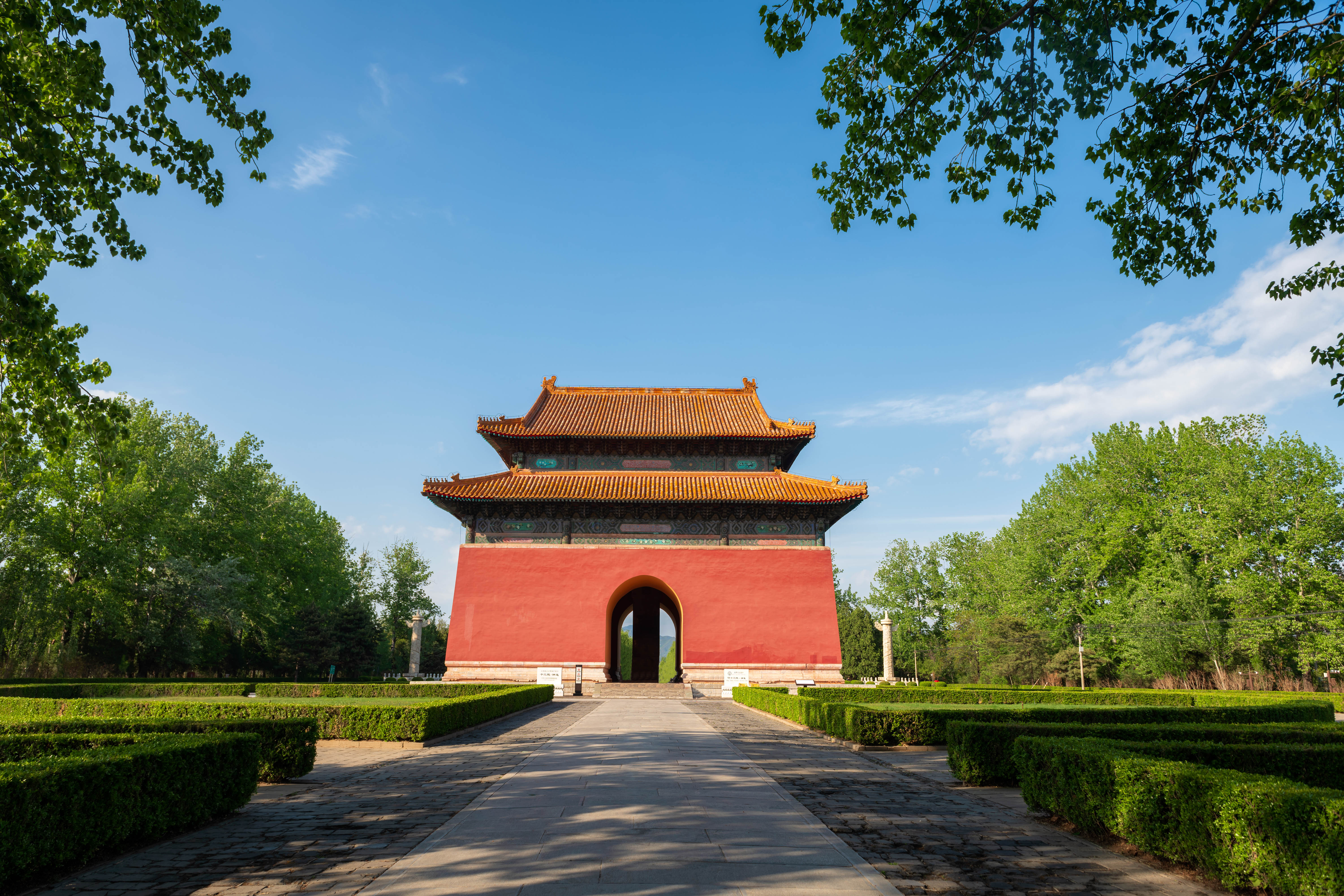
The Ming Tombs represent the cemetery region where 13 emperors of the Ming Dynasty of China were buried. The tomb's location on the southern slope of Tianshou Mountain was carefully selected by the Yongle Emperor for its Chinese feng-shui principles and as it's enclosed by pristine mountains on three sides, a quiet valley and tranquil nearby river. After the Imperial Palace (Forbidden City) was constructed in 1420, the Yongle Emperor created his own mausoleum and the 13 emperors that followed him placed their tombs in the same valley. Listed as a UNESCO World Heritage Site in August 2003 the historic area offers insight into imperial Ming Dynasty life, including stone thrones, towering human and animal sculptures.
Musashi Imperial Graveyard
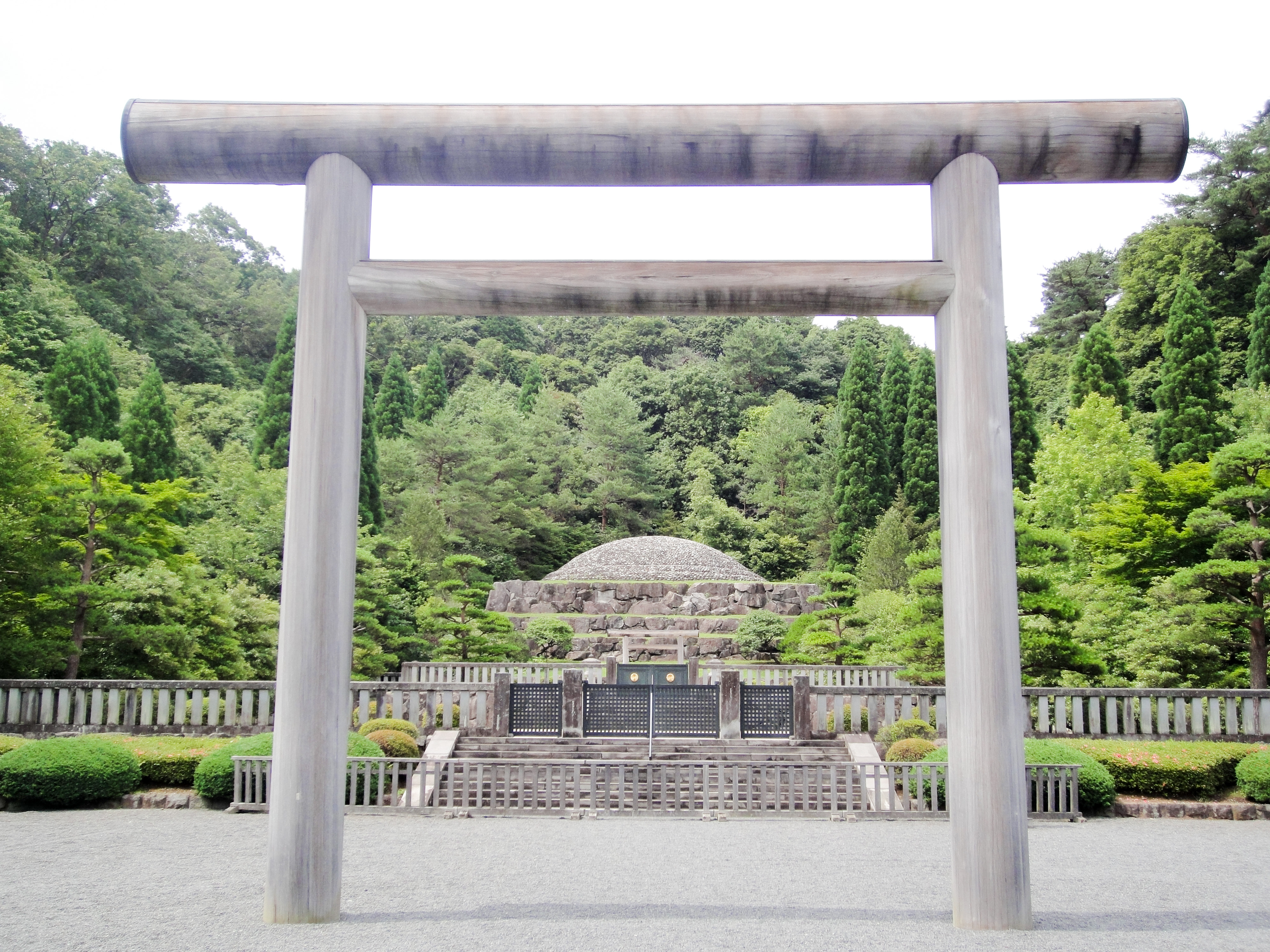
Musashi Imperial Graveyard is a mausoleum complex of two Japanese Emperors, Emperor Taisho and his wife Empress Teimei, and Emperor Showa and his wife Empress Kojun. Emperor Taisho was the first Emperor of Japan to be buried in Tokyo and has been called the first 'Tokyo Emperor' because he lived his entire life in or near Tokyo. The cemetery is found in the hills of Hachiōji City on the outskirts of Tokyo, Japan and the graves are grand in size and beautifully surrounded by woodland, rocks and trees. In addition to the stone-topped Imperial mausolea, it also contains smaller monuments and religious structures.
By Kirsten Jakubenko
Sources: